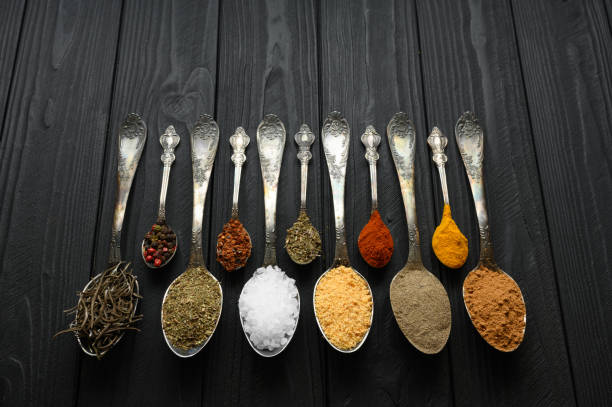TOLL FREE: 1(888)909.6336
Blog & News


Things to Know About a Medical Marijuana License
For decades, many Canadians living with chronic pain, anxiety, and PTSD faced stigma and even legal punishment for using cannabis to manage their symptoms. But since the introduction of the Access to Cannabis for Medical Purposes Regulations (ACMPR), patients can now apply for a medical cannabis grow licence—a legal authorization from Health Canada that allows individuals to grow their own marijuana plants for medical use. While this has opened new opportunities for safe and affordable access, it also comes with responsibilities that every patient should understand.
Let’s take a closer look at the pros and cons of obtaining a personal medical cannabis grow licence in Canada.
The Advantages
One of the biggest benefits of a personal grow licence is control. Patients can grow specific cannabis strains that best match their medical needs, whether it’s high-CBD flower for anxiety or balanced THC–CBD genetics for pain relief. This level of customization is rarely possible when relying solely on pre-packaged products from licensed producers.
Another advantage is cost savings. Over time, growing your own cannabis plants can significantly reduce expenses compared to purchasing from dispensaries or licensed producers. This is especially important for long-term patients who require daily doses. Many veterans, for example, find this route beneficial—especially since GrowLegally’s veteran program offers free support for those applying for their personal grow licence.
There’s also a sense of self-sufficiency that comes with growing your own plants. Patients gain knowledge about cultivation, harvesting, and responsible storage, fostering a deeper connection with their medicine. For those in rural areas with limited access to medical cannabis clinics or delivery options, growing at home ensures uninterrupted access to treatment.
The Challenges
That said, cultivating cannabis under a medical licence isn’t without its challenges. First, the application process can be complex. Patients must obtain a doctor’s authorization, register with Health Canada, and comply with specific site and storage requirements. A single mistake—such as exceeding the allowed number of cannabis plants—can lead to non-compliance and potential legal consequences.
Growing cannabis properly also takes time, patience, and skill. Factors like lighting, humidity, pest control, and nutrient balance all affect quality. Not everyone has the space or capacity to maintain a consistent growing environment. This is where cannabis patient educators play a crucial role, helping patients understand cultivation basics, compliance rules, and safety practices—though it’s important to remember that doctors only provide medical authorization, not growing advice.
Another consideration is privacy and security. Health Canada requires that medical marijuana plants be kept in a secure area, out of public view. This can mean additional costs for equipment and proper enclosures.
Finding Balance
Ultimately, the decision to apply for a medical marijuana grow licence depends on your lifestyle, health needs, and ability to manage a small cultivation space. Many Canadians, especially veterans managing PTSD or chronic conditions, find that growing their own cannabis offers freedom and control over their treatment plan. Others prefer to rely on licensed producers for convenience and professional product consistency.
At GrowLegally, our medical cannabis clinic in Toronto—serving patients across all provinces—helps you weigh these pros and cons carefully. We connect you with trained cannabis educators and medical cannabis doctors to ensure your journey is informed, safe, and fully compliant with Health Canada’s guidelines.
If you’re considering cultivating your own medical cannabis, visit GrowLegally’s personal grow licence page to explore your options and book a consultation. Our compassionate team is here to guide you every step of the way.
Previous Post
Next Post

Storing Medical Cannabis – Learn how to properly store your cannabis and keep its potency strong.
Go To Post
Before Acquiring Medical Marijuana, Here Are 2 Questions That Your Doctor Is Likely To Ask You (Plus a Bonus One!)
Go To Post

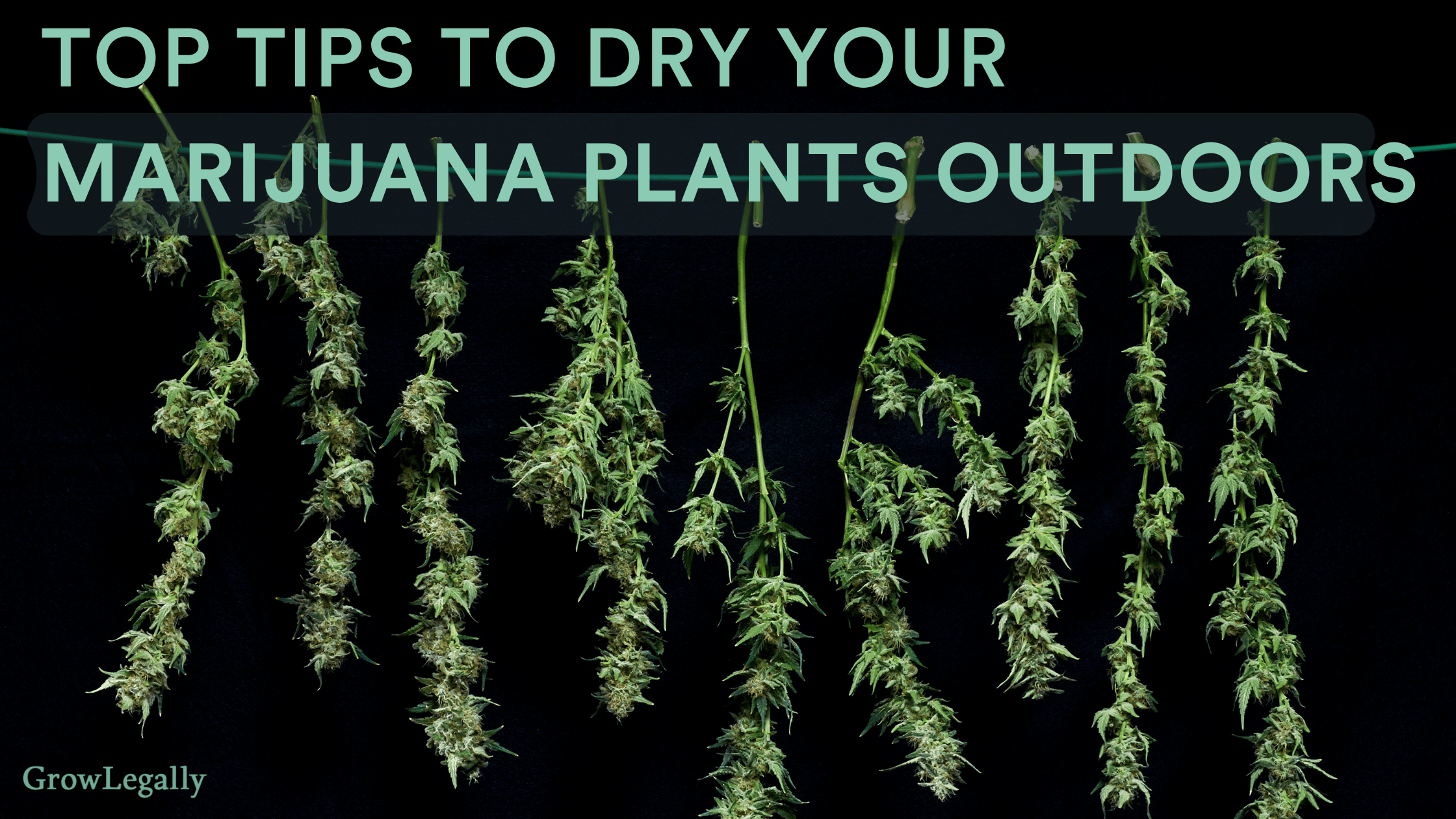
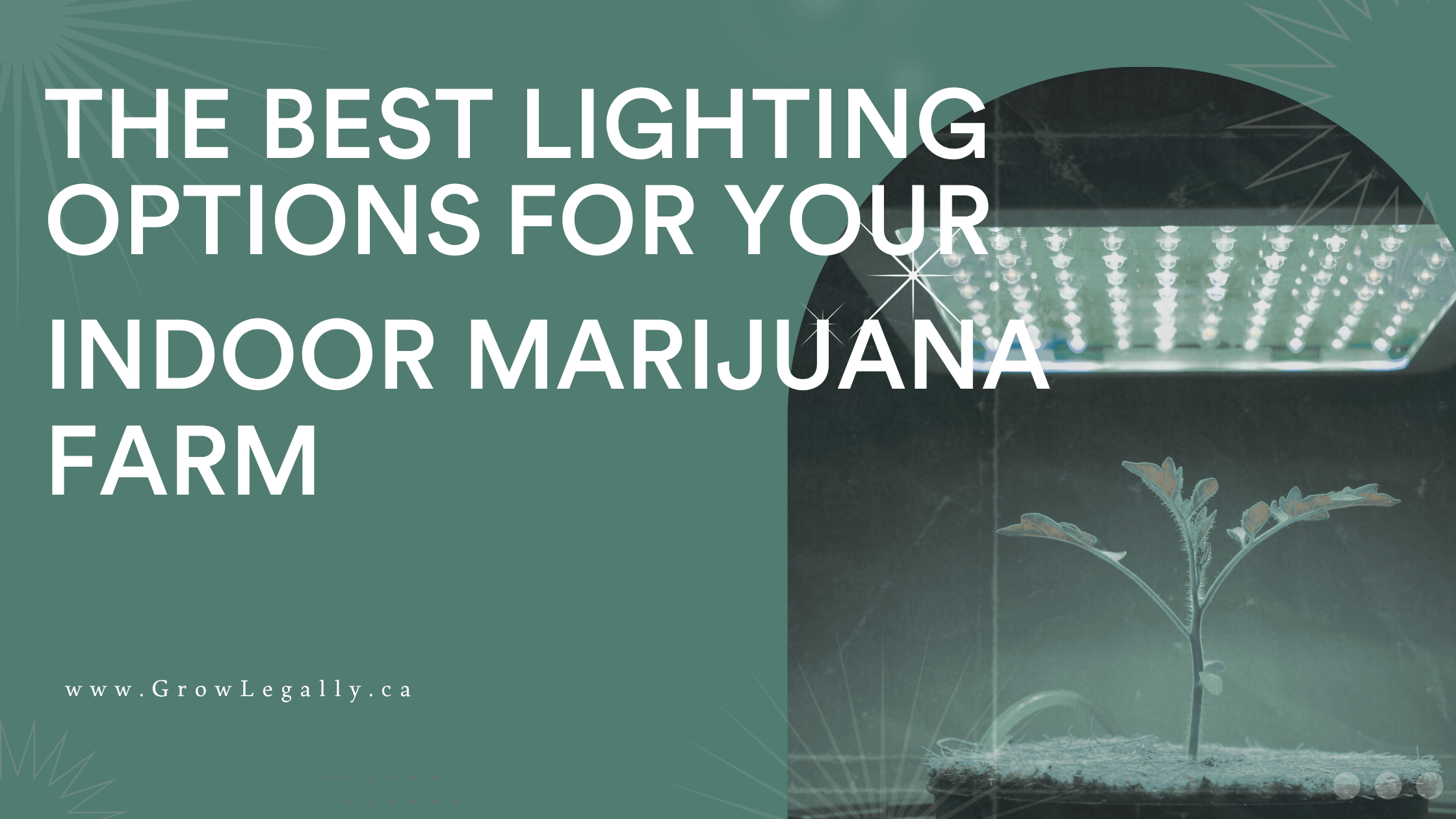
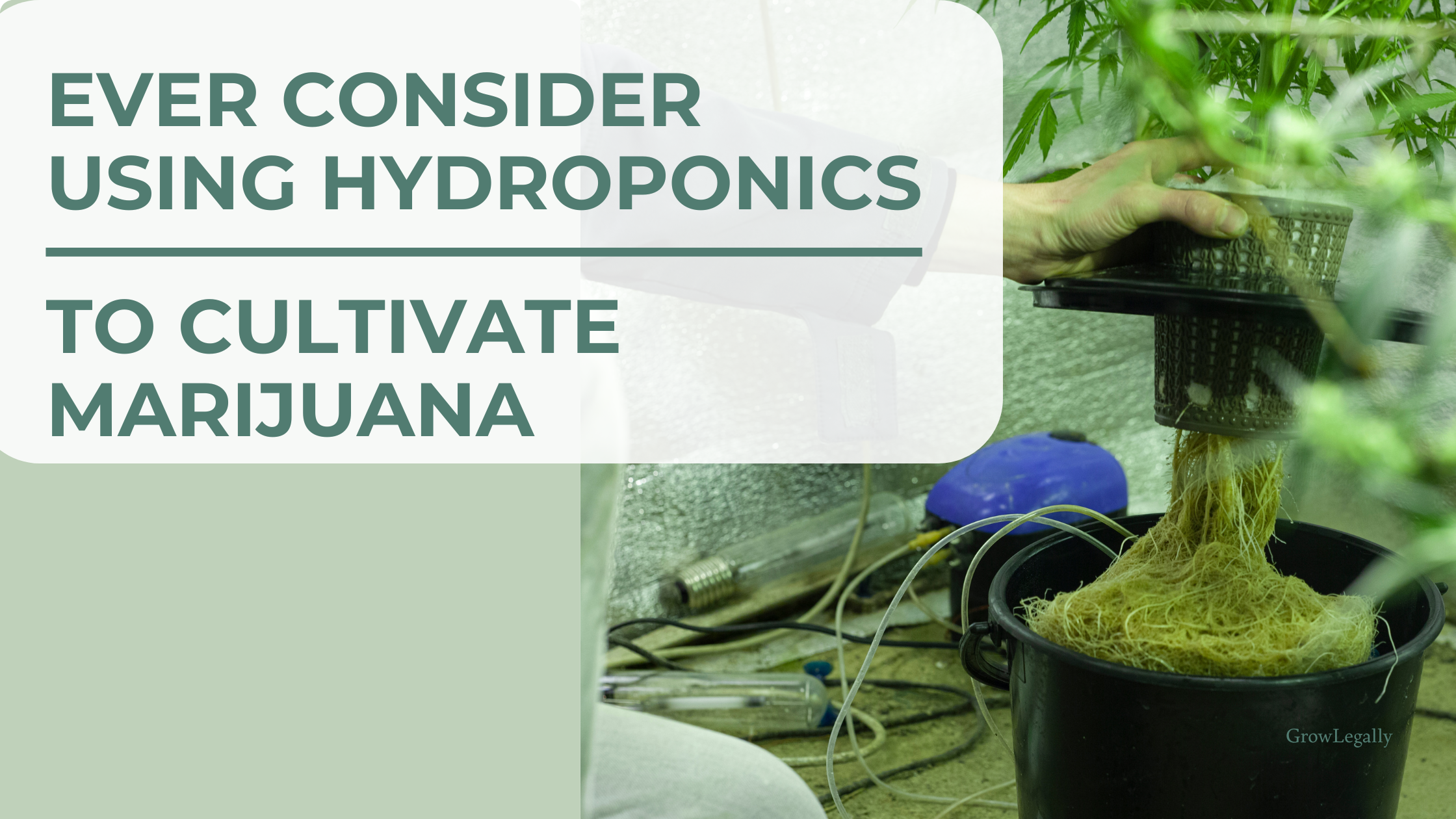
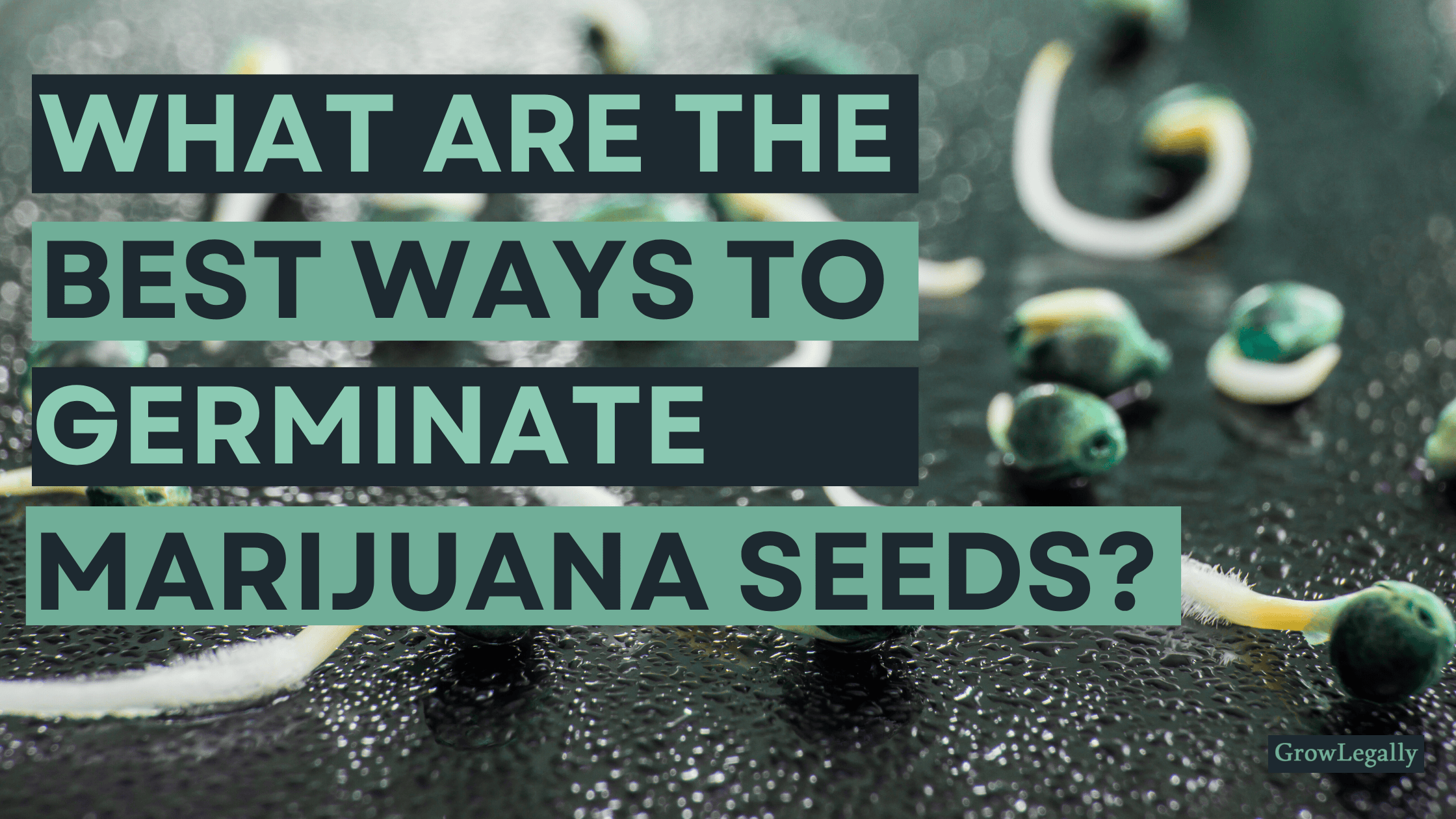
.png)
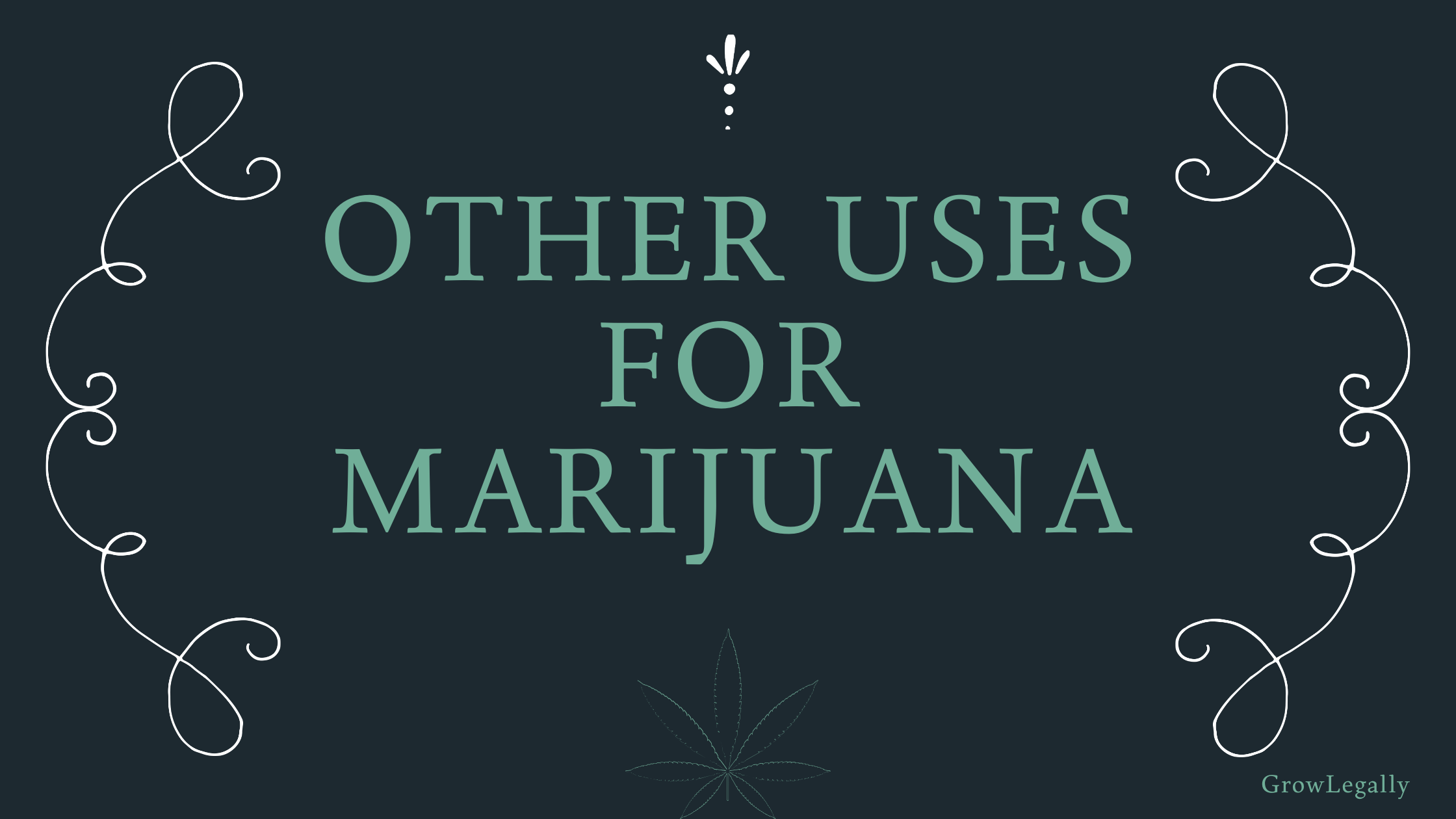


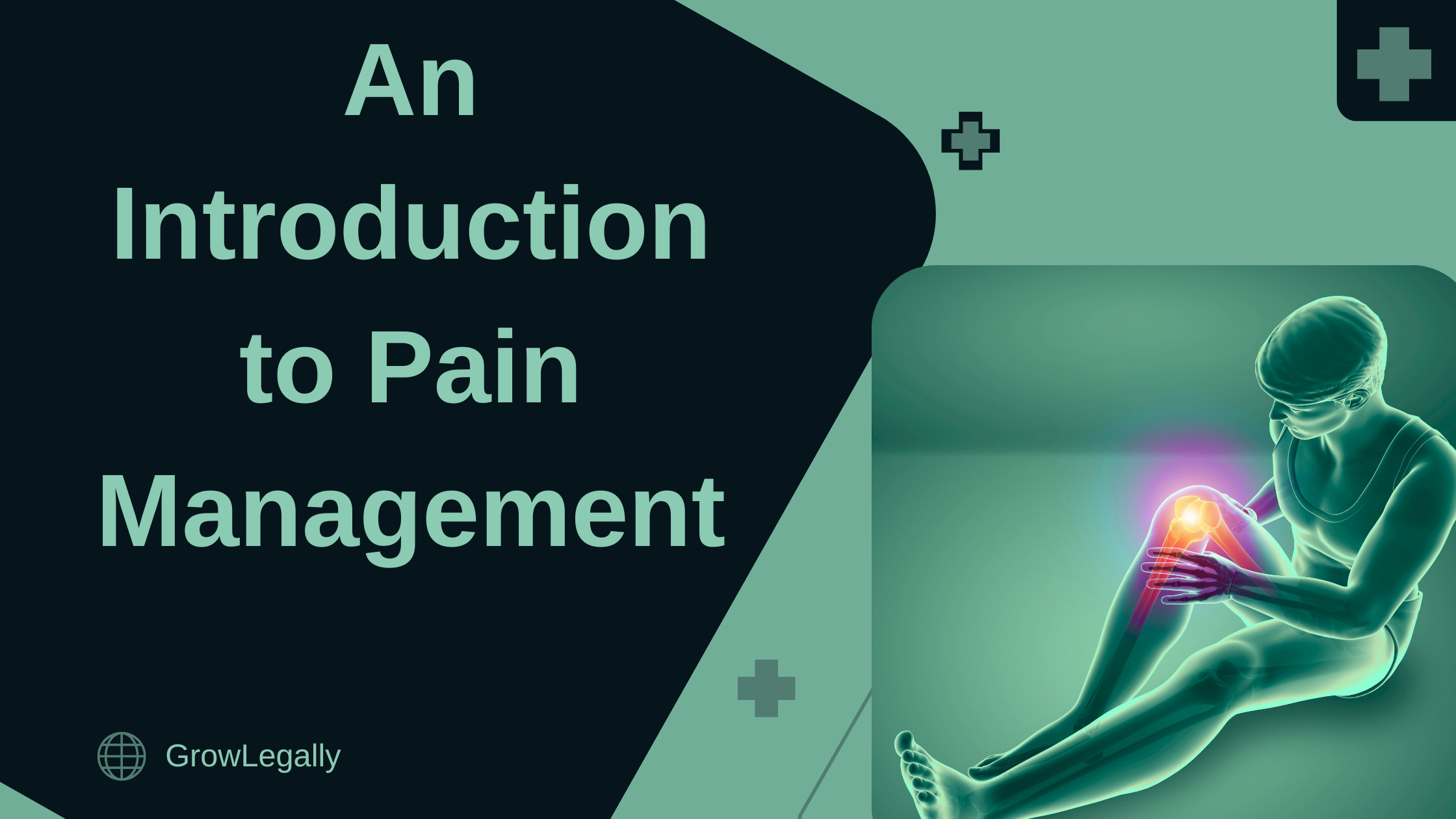

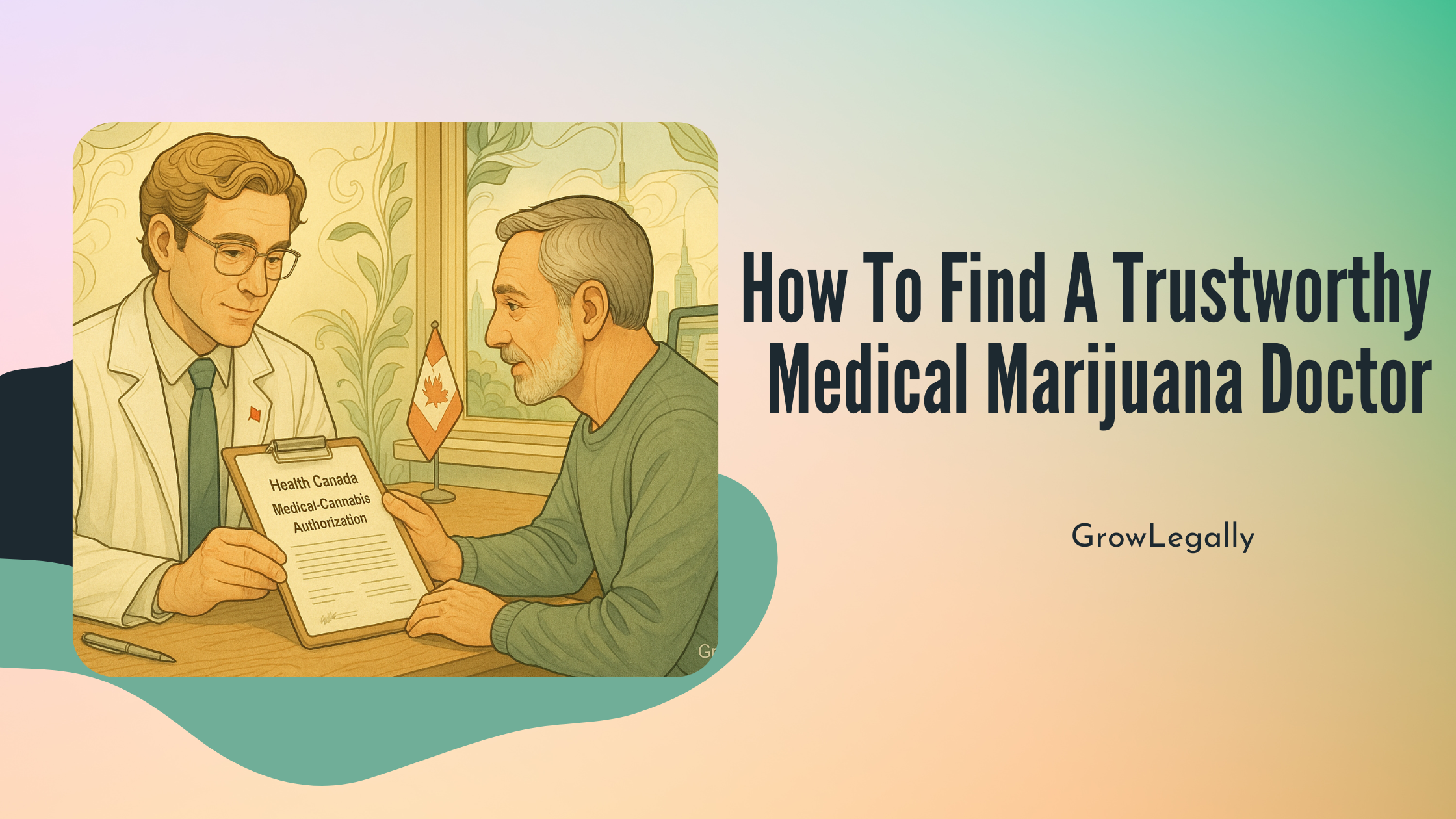
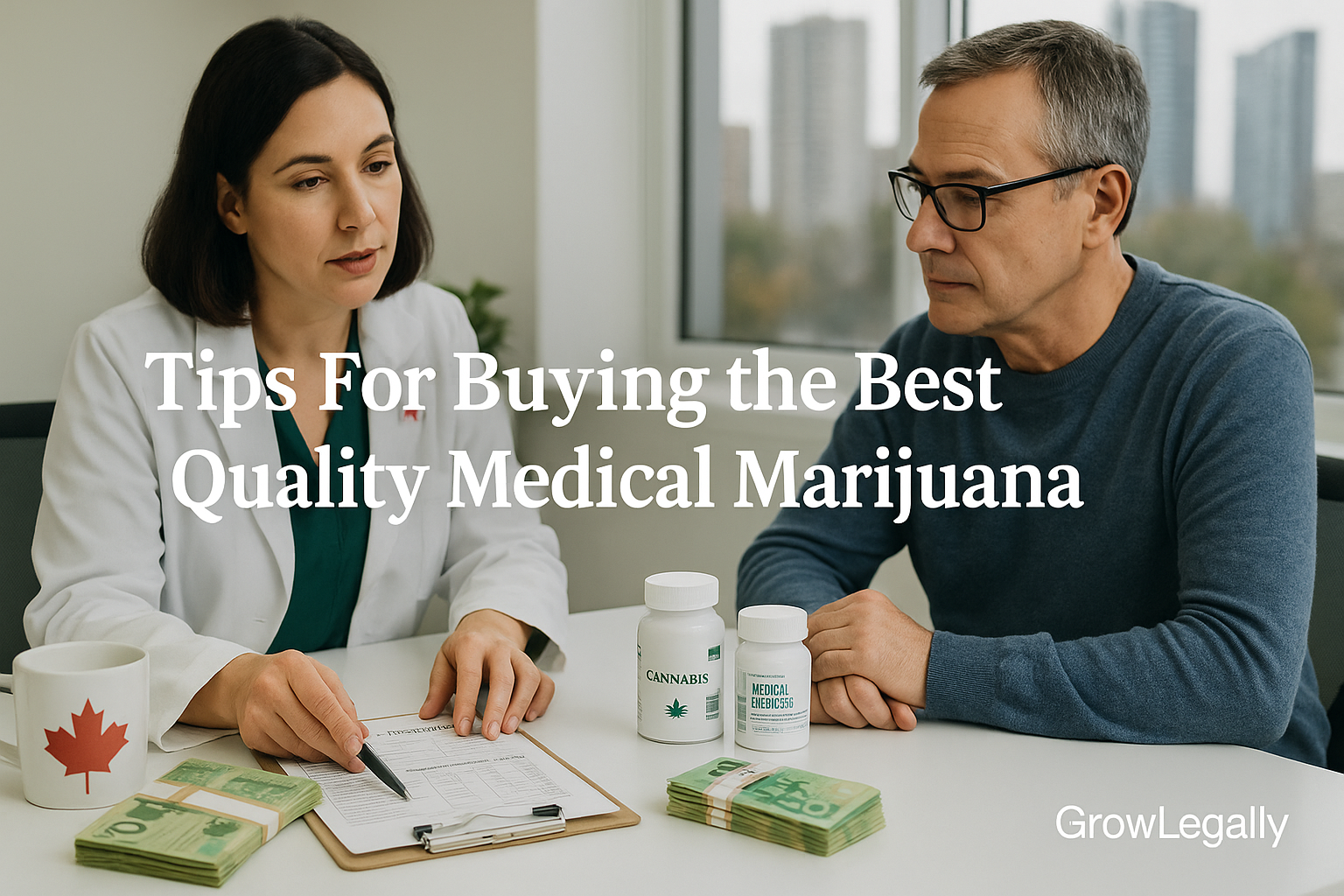
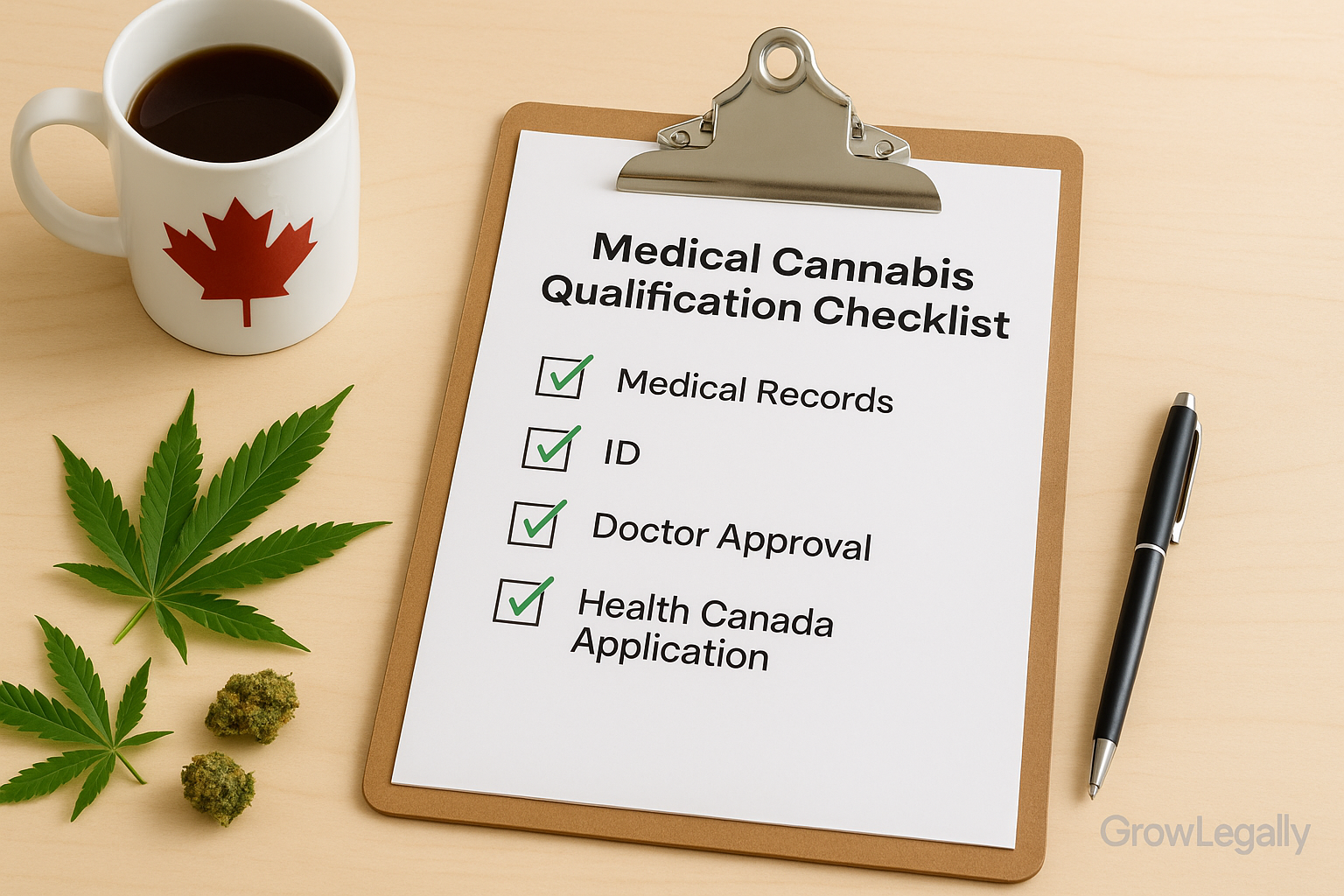
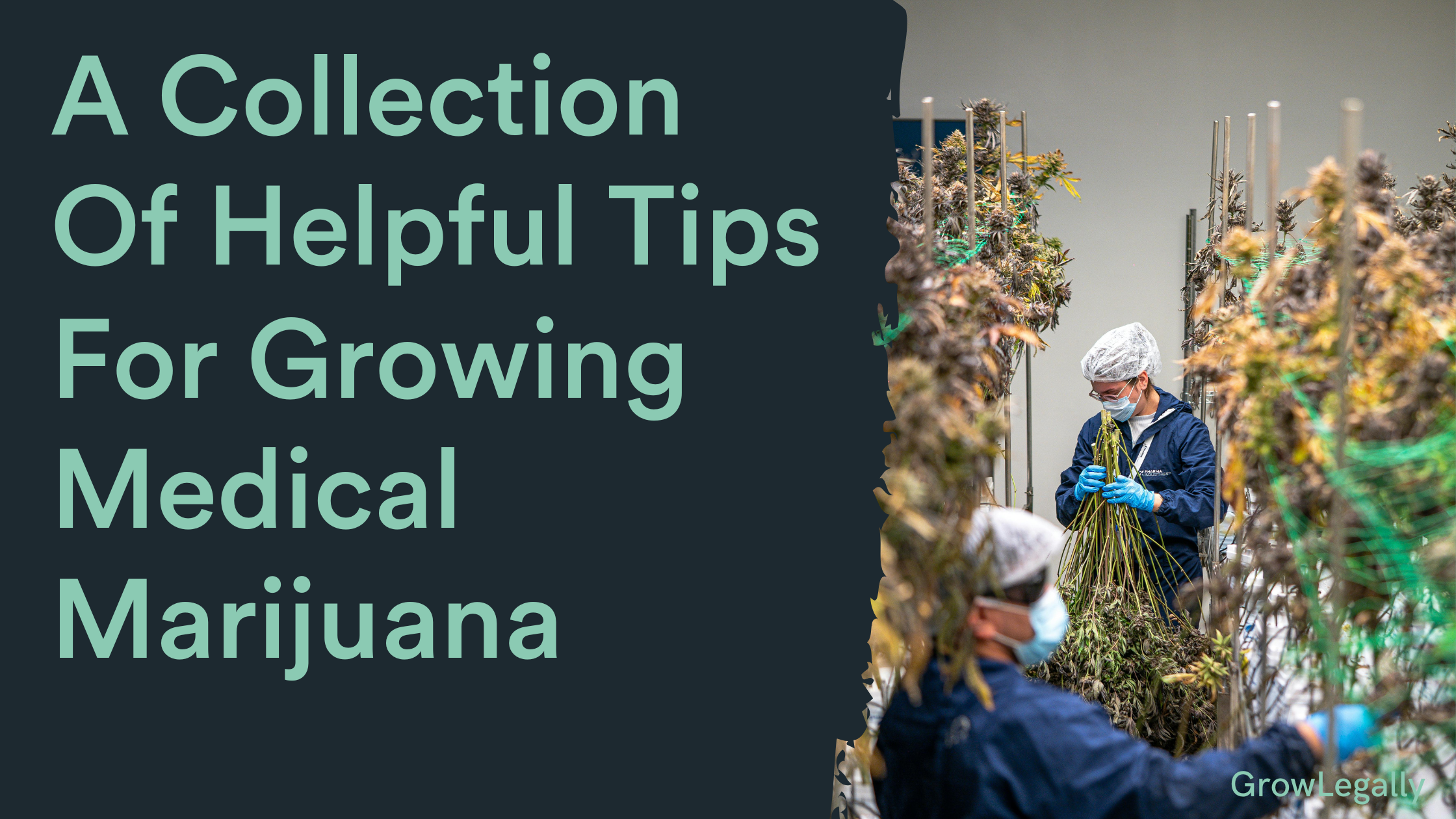
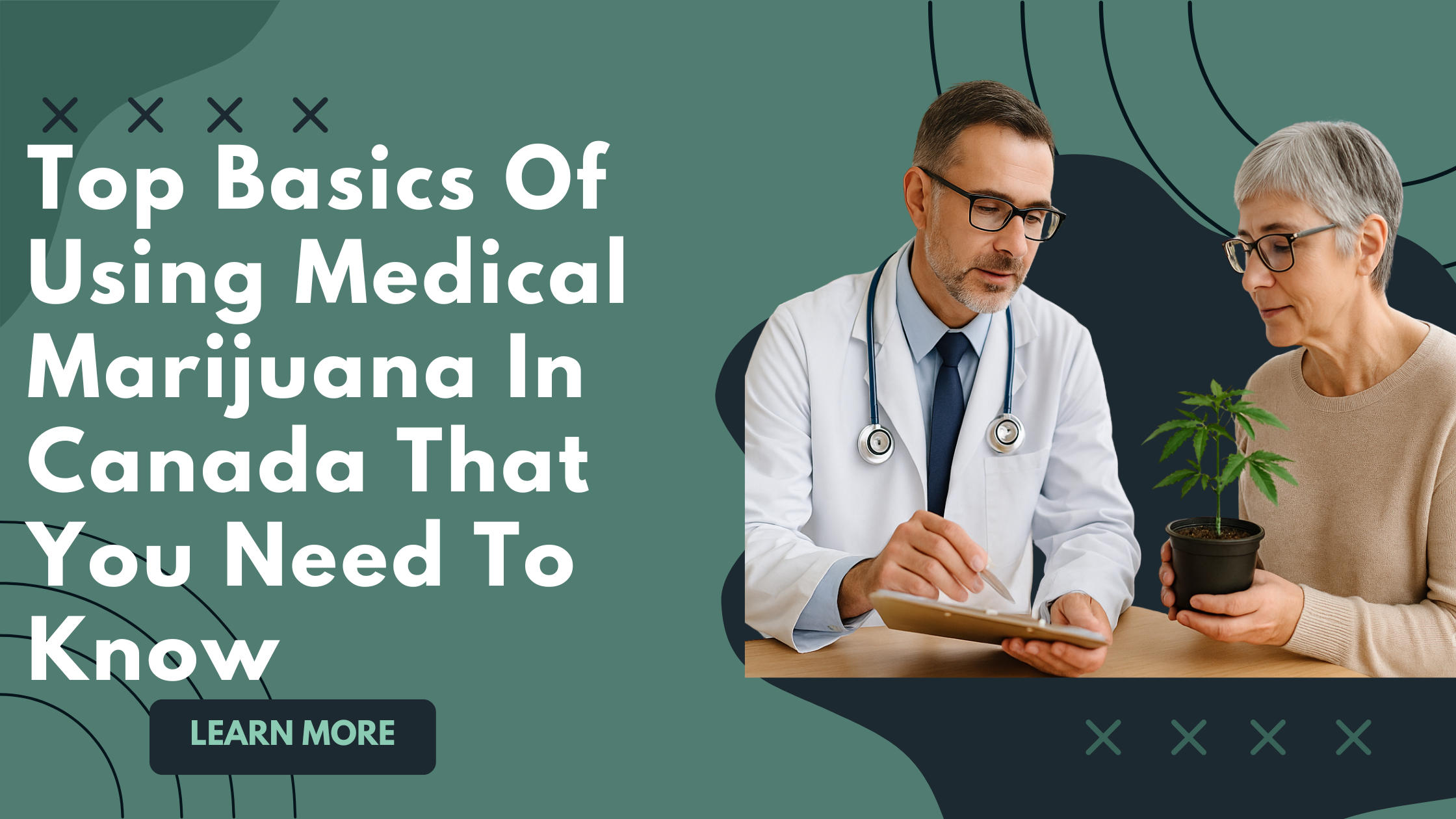
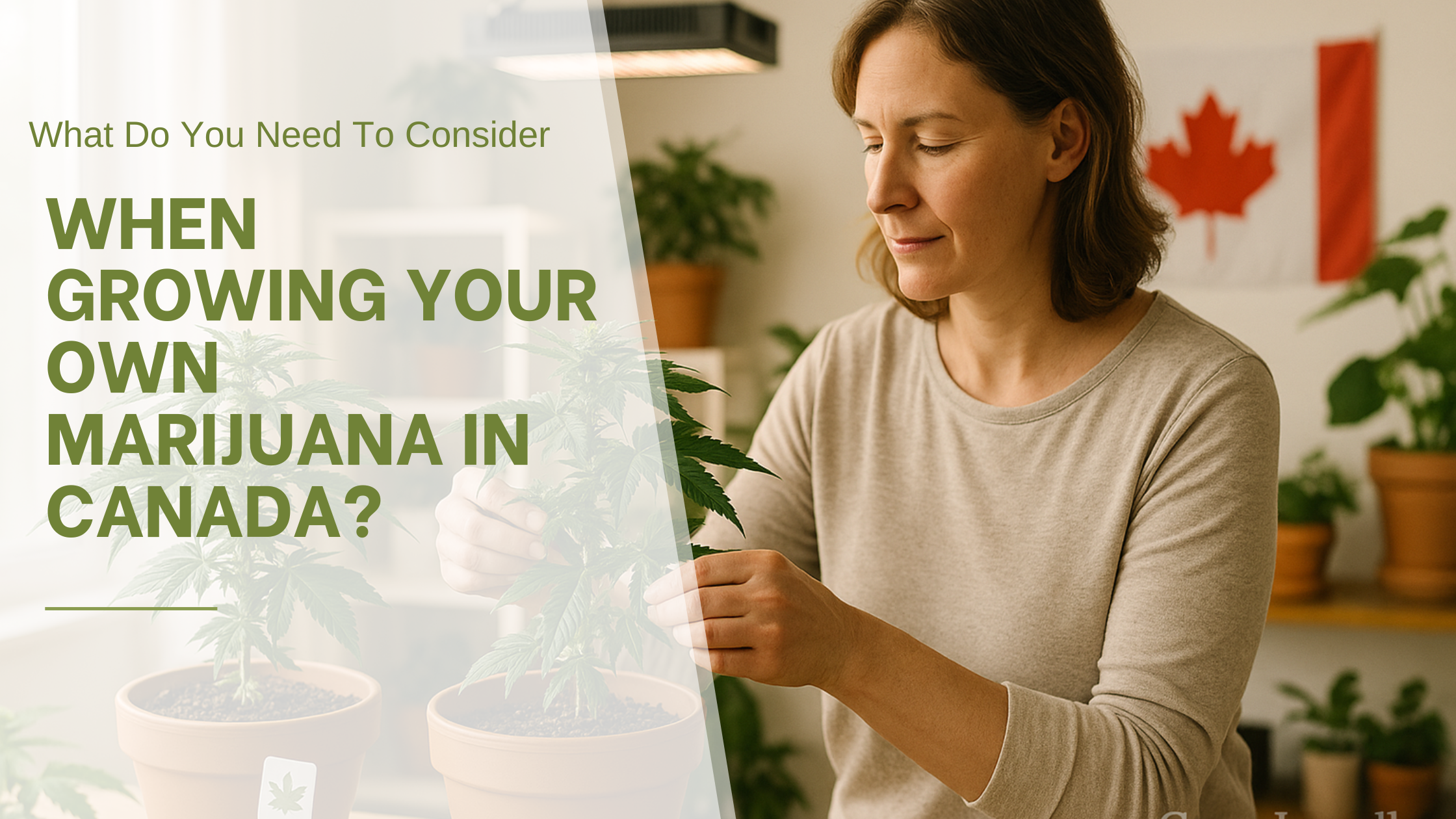


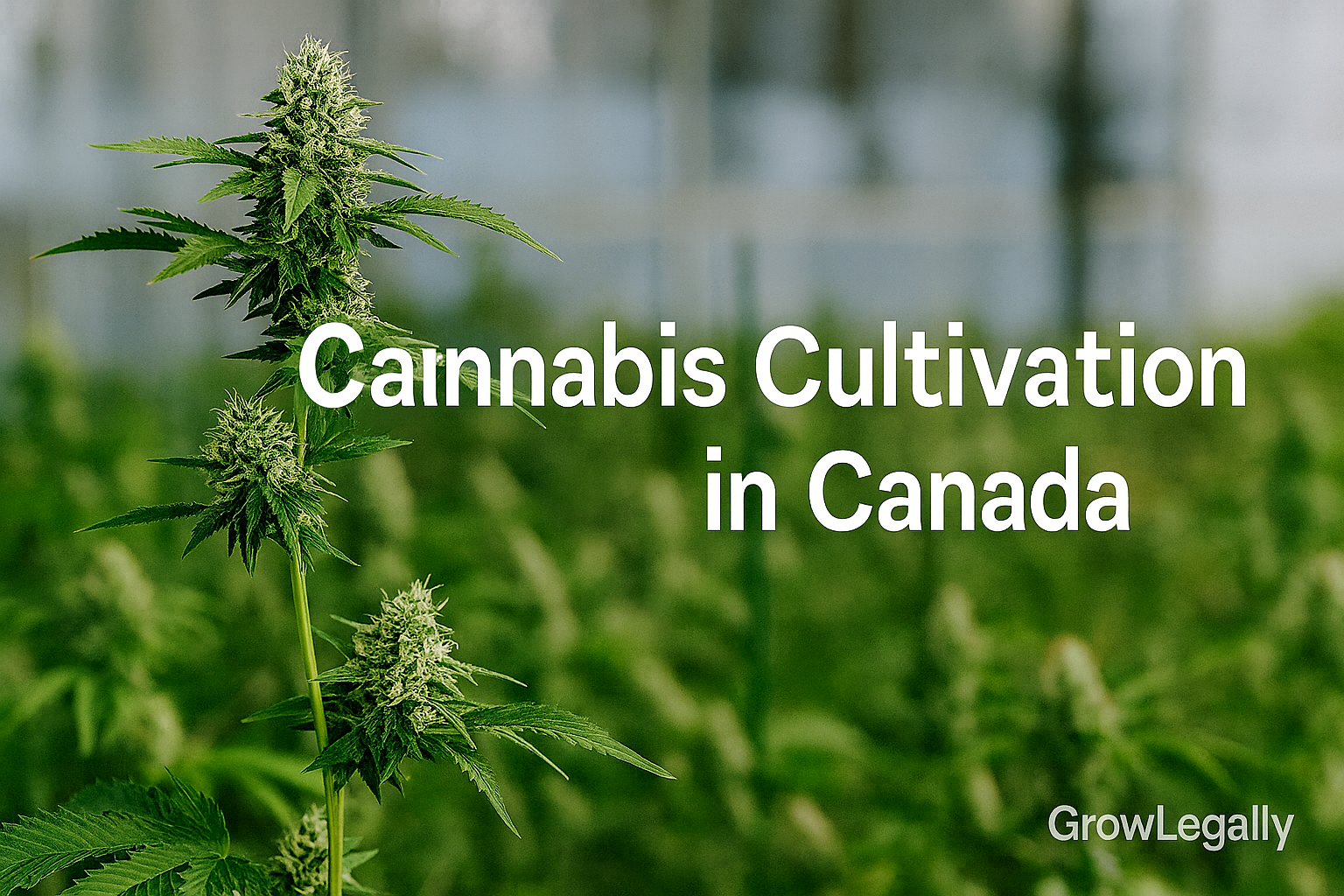
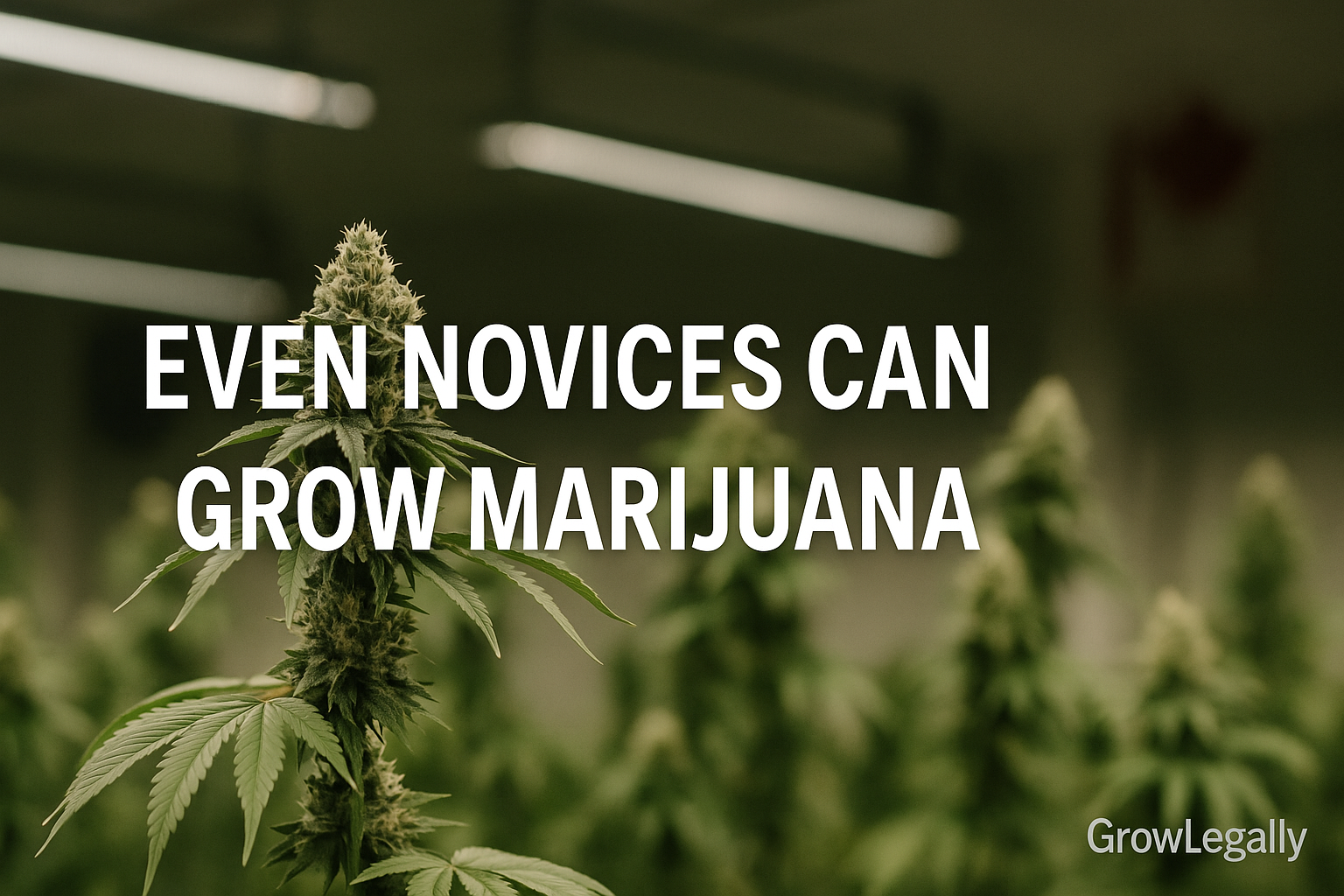


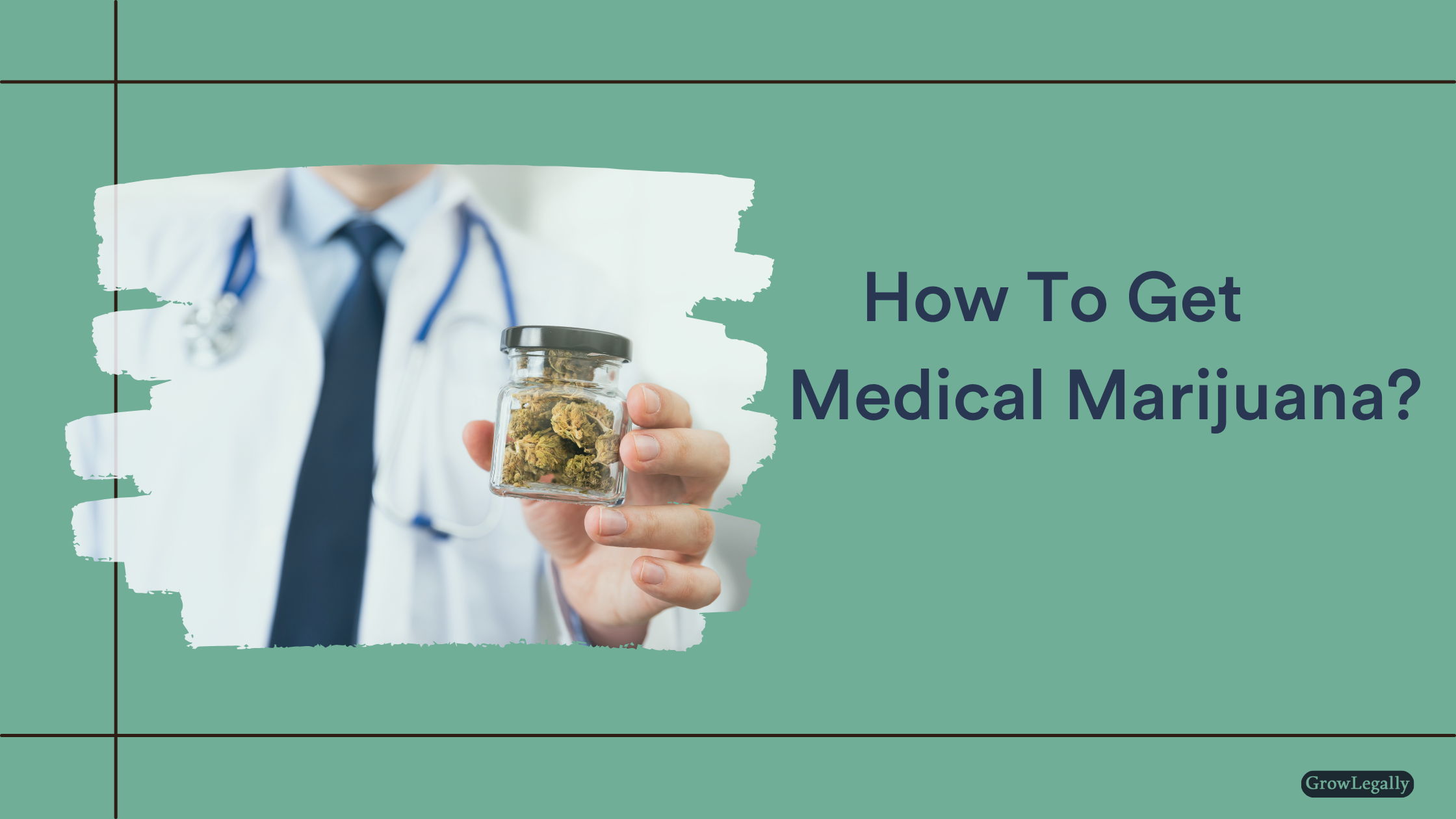

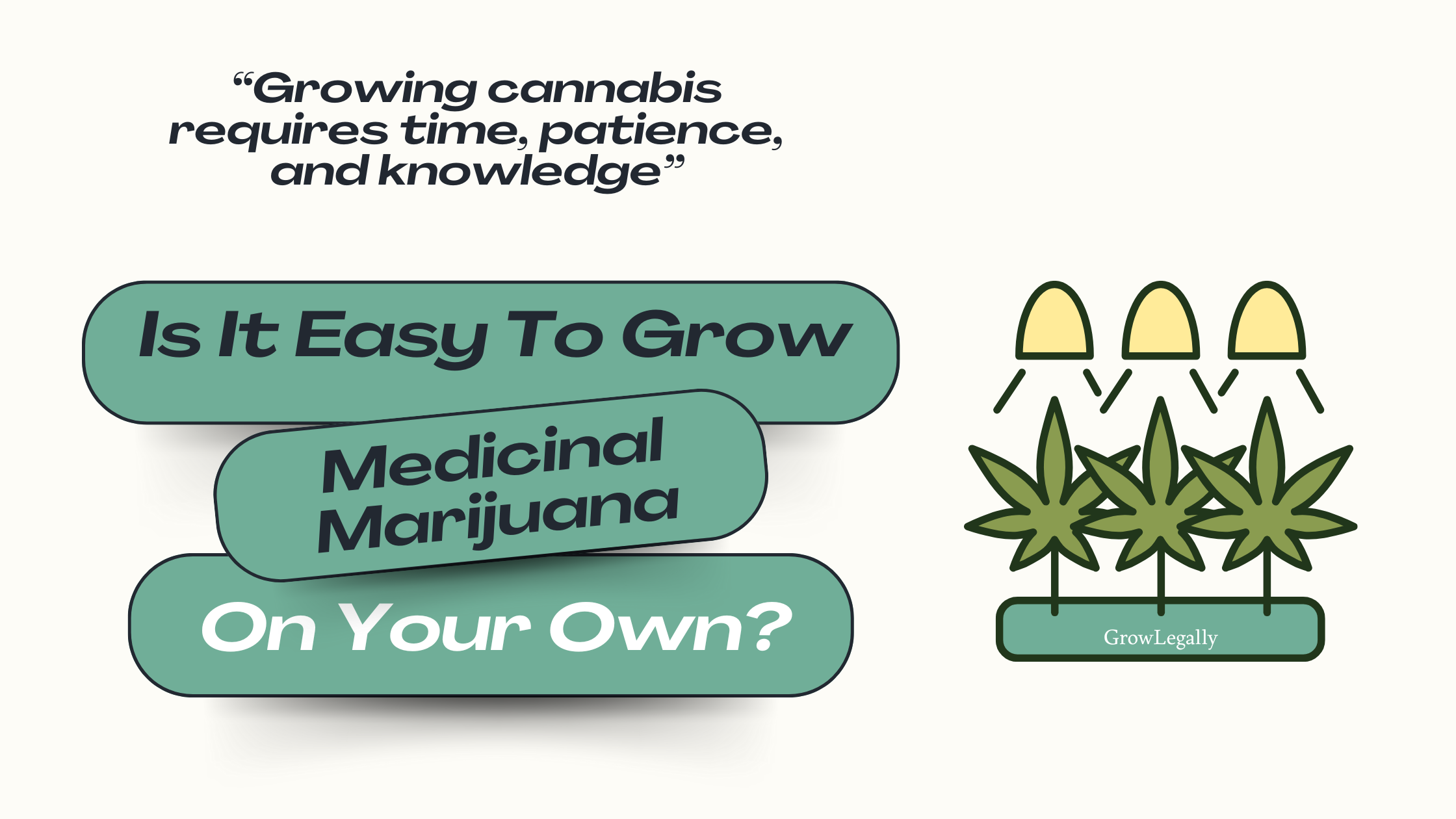
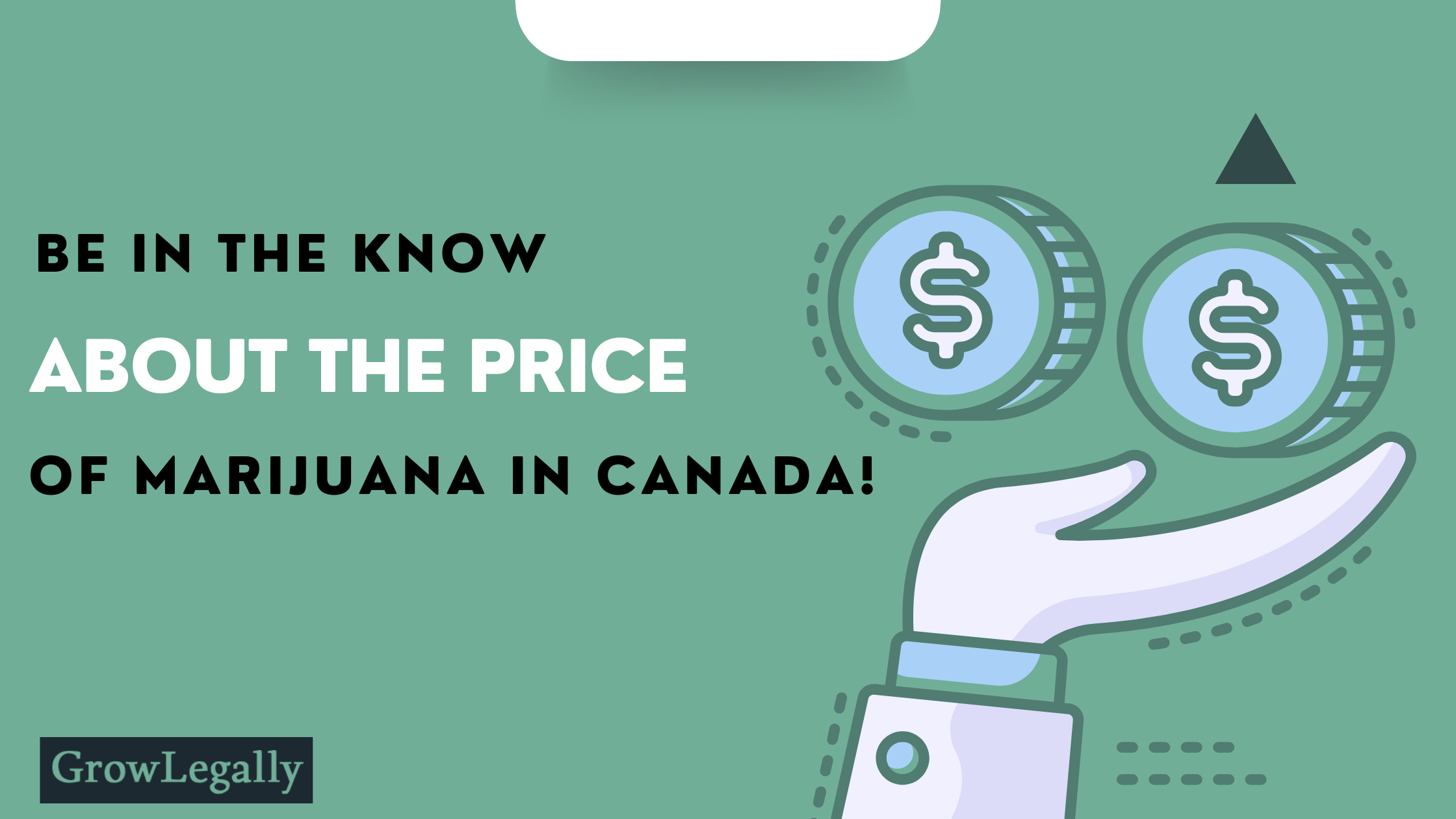





















.png)

















































.png)
















